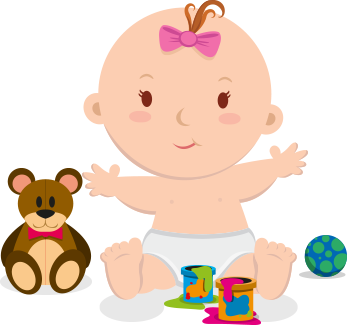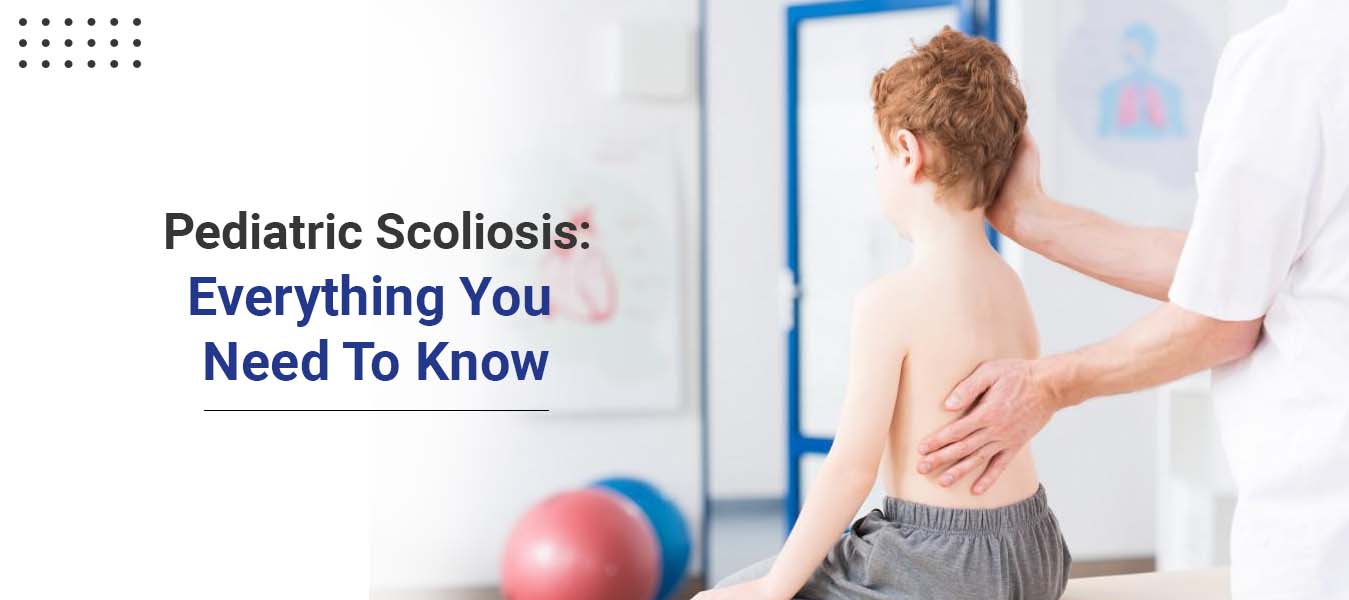Pediatric Scoliosis: Everything You Need To Know
Scoliosis is a condition in which the spine of the child curves to the side. It may appear an S or C in shape. The spine may curve to the sides 10 degrees or more. It appears that the child is learning to one side. Conditions of scoliosis may differ from mild to severe and are generally painless. It can happen to any of the sides and both or one of the middle or lower spine may be affected. According to the best child specialist in Agra, scoliosis can affect people of any age from babies to adults, but it is most common in adolescents.
What causes pediatric scoliosis?
There are mainly three types of scoliosis depending on their causes. Following are the types of scoliosis.
Idiopathic scoliosis
Idiopathic scoliosis is the most common type and the cause of them is mostly unknown. But, they sometimes are termed to be genetic or heredity as they run in family history.
Congenital scoliosis
They are caused by the spine abnormality detected at birth.
Neuromuscular scoliosis
This form of scoliosis causes spine curvature induced by the abnormalities of nerves and muscles supporting the spine. Children with cerebral palsy, spina bifida, and muscular dystrophy are affected by neuromuscular scoliosis.
What are the symptoms of pediatric scoliosis?
According to the best child development center in Agra, scoliosis is generally painless and its symptoms can go unnoticed. Parents or caregivers should watch for the following symptoms in their child.
Constant leaning on one side
Uneven shoulders
Uneven waist
Prominent shoulder blades
Varying leg length
Elevated hips
If you observe any of the above-mentioned signs in your child, consult the best child hospital in Agra immediately.
How is pediatric scoliosis diagnosed?
The best child development center in Agra can diagnose your child's scoliosis by analysing the complete health history of your child with some physical exam. Your child may be needed to undergo the following tests.
- X-rays: X-rays are the primary tool to check for scoliosis. They take images of internal bones, tissues, and muscles and check the degree of spine curvature.
- MRI: The test is done using large magnets and computers to form a detailed image of structures and organs within the body.
- CT Scan: This test uses X-rays and computers to form a detailed image of the structures of the body.
According to the best child specialist in Agra, early detection of scoliosis is important as it reduces the possibility of any damage to the nearby tissues. If left untreated, scoliosis can hinder the normal functioning of the lungs and heart.
How is pediatric scoliosis treated?
Treatment of scoliosis depends on your child's age, health condition, and severity of scoliosis. The goal of treatment is to stop the advancement of curvature and prevent deformity. The treatment includes:
- Observation and repetitive exams to keep an eye on the status of curvature.
- Bracing: If your child is in the growth phase, they might need bracing.
- Surgery: Even after bracing and X-rays don't show any improvement and the curvature exceeds 45° or more, they might need surgery.
If you observe any possible signs of scoliosis in your child, you are recommended to consult with the best child development center in Agra immediately. They will assist you with your child's condition and provide you with the best healthcare services for your child.
Reference:
https://my.clevelandclinic.org/health/diseases/14521-pediatric-and-adolescent-scoliosis#:~:text=Pediatric%20and%20adolescent%20scoliosis%20is,may%20need%20braces%20or%20surgery.
https://www.stlouischildrens.org/conditions-treatments/scoliosis



